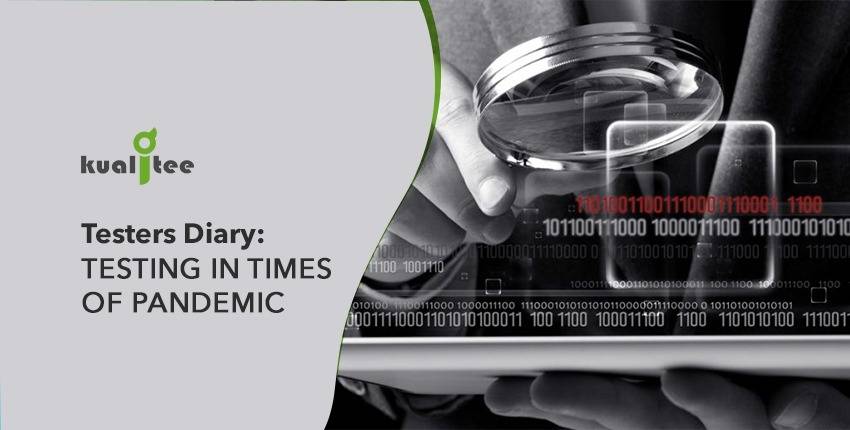Being in the QA industry for a while now, I must admit that I simply love my job. Becoming a software tester has always been my dream, yet pursuing my career was quite challenging, and I was willing to take upon any challenge so far. Since every project and feature poses me with different testing problems, there is never a ‘one-size-fits-all’ solution. Thus, finding the best software testing tools, strategies and execution plan is exciting. We, as testers, look at a software application from different angles and perspectives since it is important to be in the right state of mind and test apps from different aspects.
We know that software testing is more than just making sure that a program works as it is expected to. The ultimate purpose of testing is not to identify defects, but to make an application superior. I know how crucial software quality is to a company’s success, so are my contributions to improvements in a product’s quality, as a tester.
In the current digital race, enterprises are competing by adopting techniques for faster delivery and focus on quality assurance. In order to pace up with the top players, it is crucial for software testers to speed up their testing processes while maintaining their focus on quality. After all, it is for a QA tester to understand the latest trends, software testing tools, customer expectations and how important the product is for its customers (so that they can think like a customer and work on the product accordingly).
COVID-19; Creating A Global Panic Situation
In February 2020, as COVID-19 began to reshape our lives, I noted that the world was responding with unusual fervour. Schools and other educational institutes are closed until June 2020 in most of countries. Retail stores, and industries have been shut down temporarily, and seems like life is at a halt for everyone. However, this pandemic is laying two unavoidable facts about our reality; we are more interconnected than ever and due to this interconnectedness, cities are expected to survive this disaster situation while staying home. Thanks to the tech companies, QA teams are working remotely to meet their deadlines and attain customer satisfaction. Our generation is blessed to be closely connected due to the internet, social media, and a number of management tools (in case of software testing).
Challenges in Managing Remote Workforce
It is important to keep in mind that remote working teams are plausible in having communications issues. Communication becomes complex in remote teams, and we blame it on the distance-fact, claiming it to be an obstacle. Complex project issues that need to be attended immediately are pushed downwards, causing delay in the pipelines. This trend of resistance towards this mode of work needs to be duly met, so that QA teams can communicate with other stakeholders to meet project delivery deadlines. QA managers should promote a communication-culture and communicate guidelines as to what kind of information should be shared, and organize online meetings. QA teams should be equipped with tools that assist them when working remotely.
Due to the chaotic situation globally, businesses are suffering huge losses. But the key to survive this pandemic is only by staying socially distant physically. On the other hand, we should be thankful for the time we get to spend with our families, stay home and work remotely, focus on self-improvement, take up on hobbies that we always wanted to but never had time for, etc.
However, I’m sure and hopeful that this nightmare will soon be over and our lives will be back to normal routine. Until then, all those who can work from home, should set up their mini-office at home, take all preventive measures, and work devotely for their companies. So that we not only fight this war against the virus, yet come out to help others recover from its after effects too. Testers should also enjoy their isolation, where they get to try new software testing tools, and discover new possibilities to improve software quality while meeting their deadlines!


























